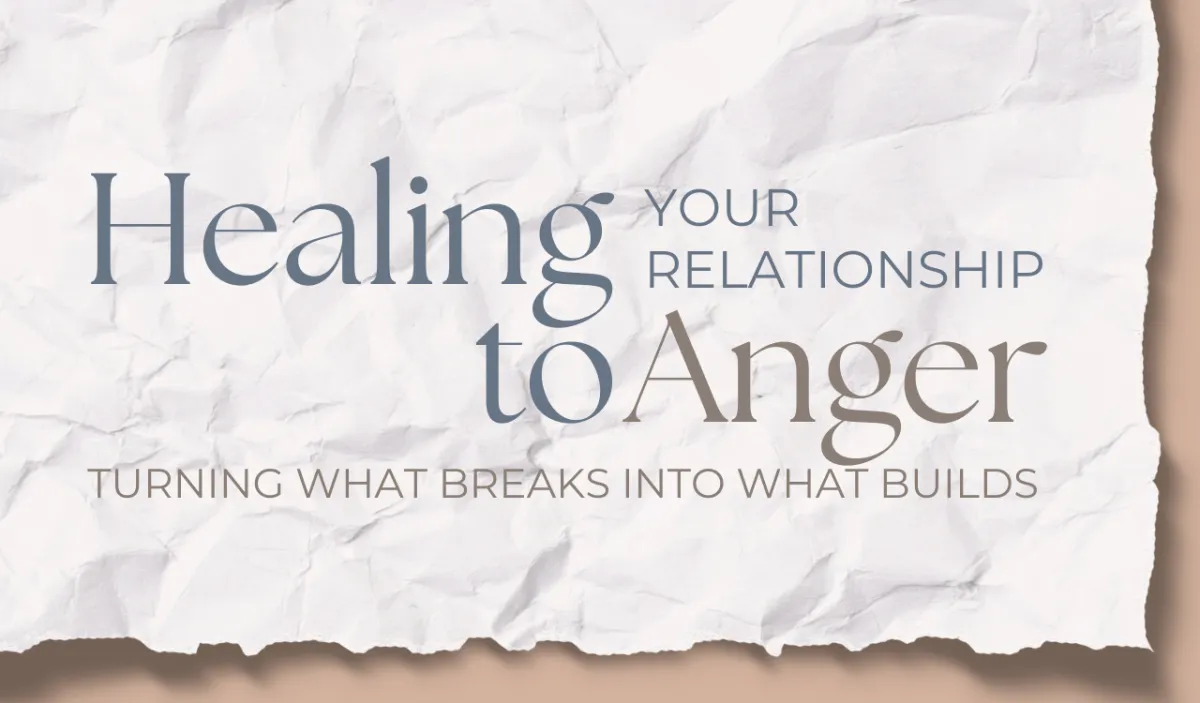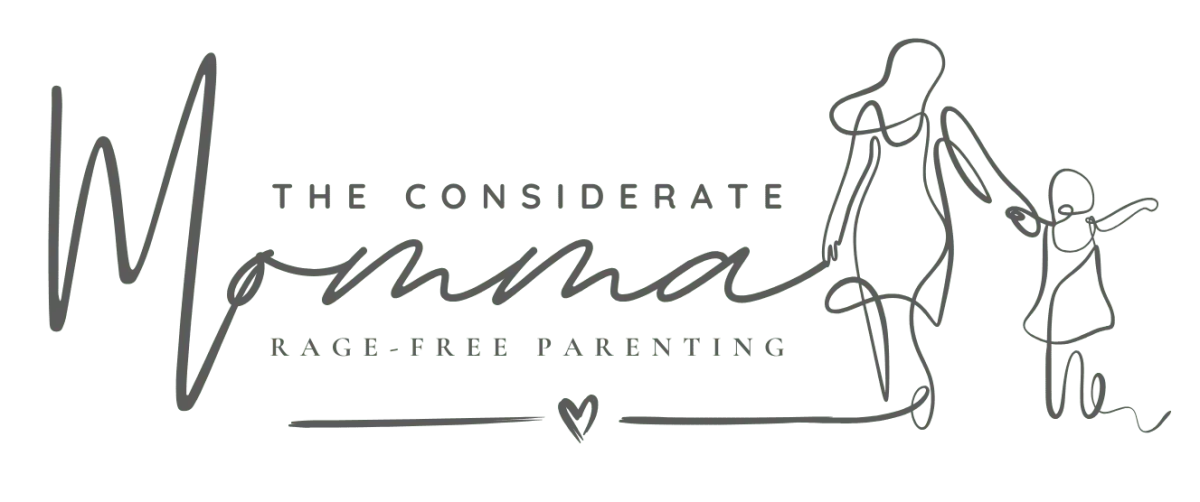
Healing Your Relationship To Anger : Turning What Breaks Into What Builds
The Myth of “Bad” Emotions
In our culture, certain emotions have been stamped with a label: bad. Anger often sits at the top of that list. From childhood, many of us were told to “calm down,” “stop being dramatic,” or simply punished for expressing anger. Without words, we absorbed the belief that anger is dangerous, shameful, or wrong.
But anger itself isn’t destructive. What’s destructive is when we don’t know what to do with it. Suppression and explosions both hurt relationships. What we were rarely shown is that anger—when understood and expressed in a healthy way—can be one of the most powerful tools for growth, healing, and connection.
Why We Need to Rethink Anger
Anger is not a flaw in your design. It’s a God-given emotion with a purpose. Like an alarm system, it signals: something matters here.
Anger reveals boundaries. It tells us when something has crossed a line or when our values are being compromised.
Anger fuels courage. It gives us the energy to speak up, take action, and make changes we’d otherwise stay silent about.
Anger fosters honesty. When expressed respectfully, it opens the door for raw, healing conversations that might never happen otherwise.
The problem isn’t anger. The problem is what happens when no one teaches us how to carry it with maturity.
Healing Your Relationship To Anger
Healing your relationship with anger begins by rewriting the story you’ve been handed about what anger is.
Name it without shame. Saying “I feel angry” isn’t a failure—it’s the first step to moving through it without harm.
Learn to feel it in your body. Anger shows up physically: clenched fists, a tight chest, heat rising. Noticing these cues helps you catch it early before it spills out sideways.
Find safe expression. Healthy anger might look like taking a pause, journaling raw feelings, setting a boundary, or speaking with firmness without cruelty.
Repair when necessary. Even as we grow, we won’t always get it right. What matters is circling back, repairing, and showing our children that relationships can heal after rupture.
This healing process transforms anger from something that breaks into something that builds.
What This Means for Our Children
Our kids don’t learn how to handle emotions because we lecture them about feelings. They learn by watching us.
If they see us explode, they’ll believe anger is dangerous.
If they see us stuff it down, they’ll believe emotions should be hidden.
But if they see us express anger with respect, honesty, and repair—they’ll grow up knowing all emotions are safe, meaningful, and manageable.
When parents heal their own relationship with anger, they pass down a legacy of emotional maturity instead of emotional fear.
An Invitation: Learning to Do This Together
Healing your relationship with anger isn’t easy work—but it’s life-changing. It requires tools, guidance, and practice inside a safe community.
That’s why I created the C.A.L.M Parent Academy. Inside, parents just like you are learning how to:
Understand what’s really underneath anger and reactivity
Build regulation skills to interrupt rage in the moment
Guide children through big feelings without fear, shame, or disconnection
Repair relationships and create lasting trust after emotional ruptures
The Academy gives you a clear step-by-step process, monthly coaching, new challenges every month to keep you consistent, and a community of like-minded parents who are breaking cycles together.
If you’ve ever wanted to stop fearing your anger and start harnessing it as a force for good in your home—this is the place to start.
Begin healing your relationship with anger today.
Closing Thought
Anger was never meant to be the enemy. It was meant to be a messenger. When we learn to listen, anger stops tearing down our lives and starts building strength, courage, and deeper connection—both for us and for our children.
